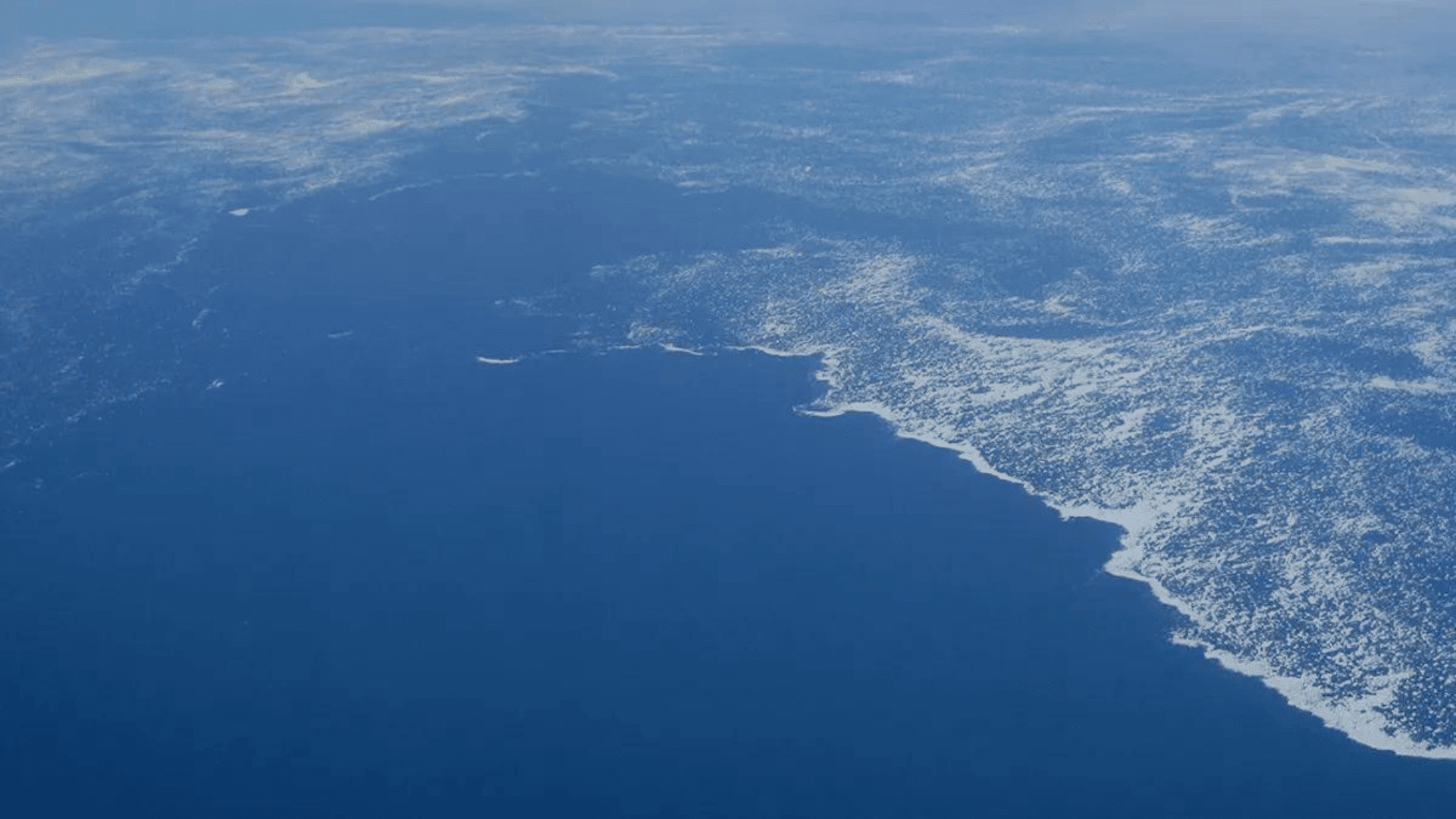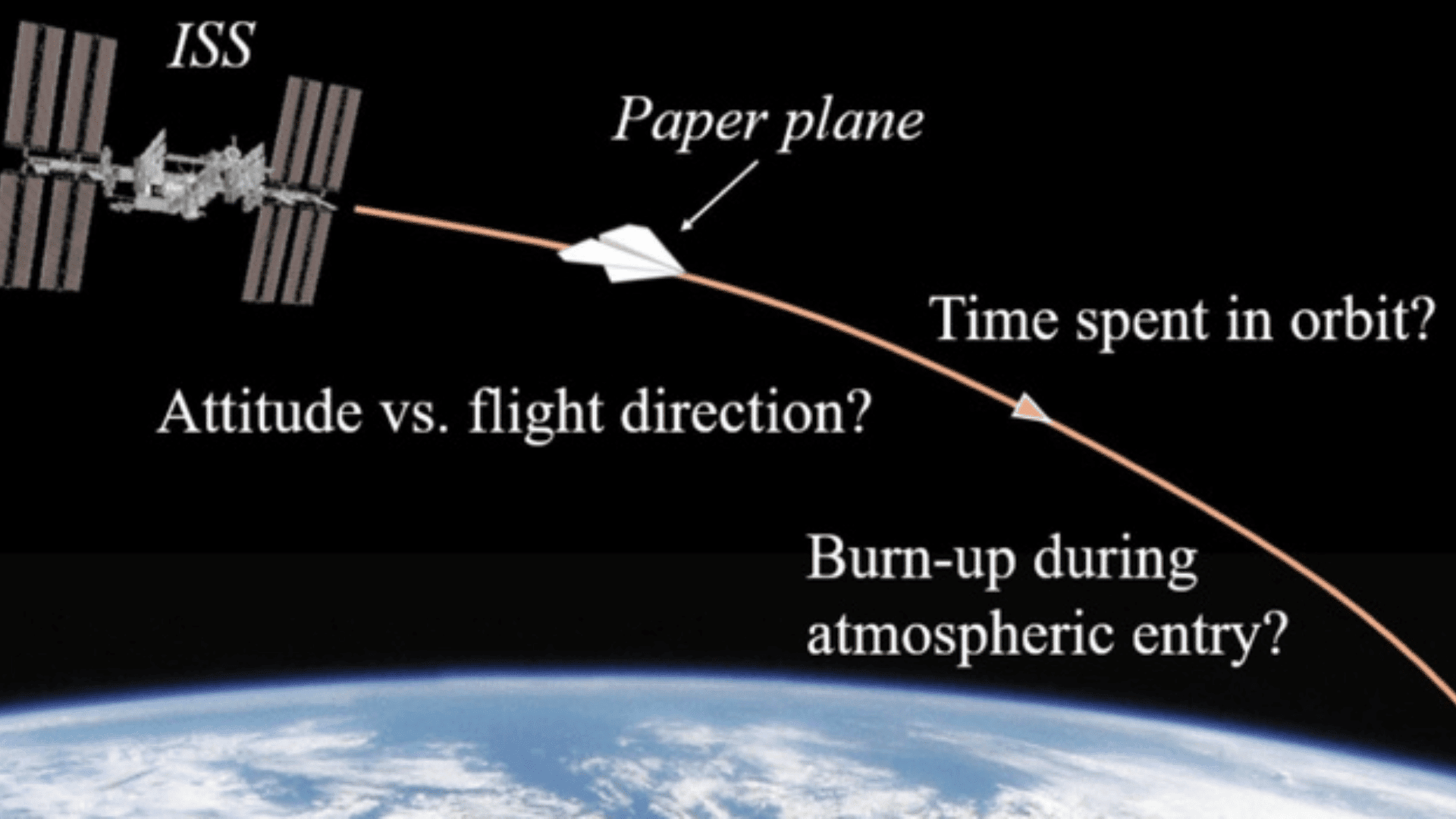A new microcontinent has been discovered and mapped using gravity data and seismic reflection data to create a plate tectonic reconstruction.

Researchers from the UK and Sweden found the land in the Davis Strait, between Canada’s southeastern Baffin Island and southwestern Greenland.
“A prolonged period of rifting and seafloor spreading between Greenland and North America formed the Labrador Sea and Baffin Bay oceanic basins, connected by the Davis Strait,” the team explains in their paper. “However, disagreement exists regarding the exact plate motions between Greenland and Canada, as well as the tectonic evolution of the Davis Strait, with previous models unable to explain the origin of anomalously thick continental crust within the seaway.”
The team attempted to reconstruct the area’s past from when Greenland separated from Canada when they discovered the anomalously thick crust. This tectonic block detached from the continent and is surrounded by a thinner oceanic crust.
The study proposes that rifting, or where tectonic plates split in two, began approximately 118 million years ago, and the continental breakup occurred approximately 61.27 million years ago. The continents drifted apart until Greeland collided with the North American plate.
“As our seismic reflection interpretations indicate an extensional event in the eastern Davis Strait between 58 and 49 Myr, spatially coincident with the zone of thinnest continental crust between the continental fragment and Greenland, we infer this extensional event led to the separation of this fragment from Greenland.”
The team hopes the new research may help us better understand plate tectonics and the hazards they could cause to Earth’s population.
“Overall, this work not only recognises several new first order tectonic features of the Earth, the Pre-UTM and Davis Strait proto-microcontinent, but also points to a strong lithospheric control on plate motion directions,” the team concludes. “It is therefore fundamentally important to further study this phenomenon to understand the operation of plate tectonics on our planet.”







